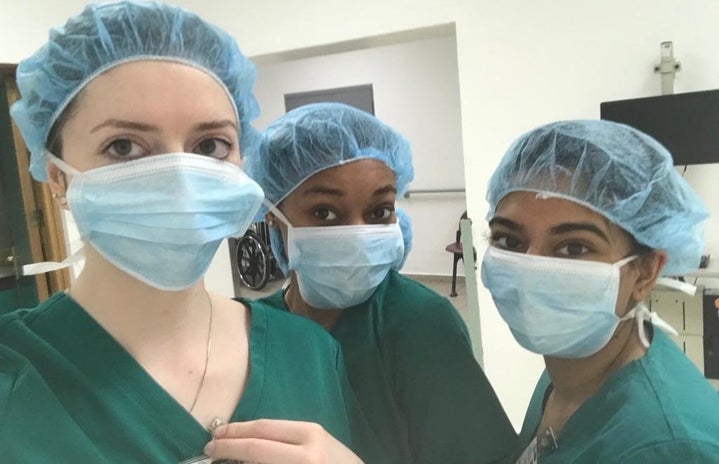I have been fortunate enough to have the opportunity to shadow two different physicians in the emergency room. I have shadowed both day and night shifts. The ER was definitely not what I expected at all. My account of events in the ER is from before COVID as no student shadowing has been allowed since. I want to share some of the things I observed in the ER to hopefully inspire others to shadow and experience the field. Even if you are not directly interested in emergency medicine, the field is so diverse and can provide experiences in many fields. Shadowing in the ER is an incredible experience and I would recommend it to anyone interested in medicine.
- Communication Barriers
-
In most hospitals across the country, if a patient is conscious, they must be informed of any medical procedure that is going to take place and consent to it. This can create an issue when there is a communication breakdown. In many ERs, they have some really impressive technology designed to help prevent this barrier from prolonging pain and discomfort in the patient. When I was shadowing, there was an elderly Russian man who had dislocated his shoulder. Normally shoulder dislocations are relatively easy to fix and not time-consuming. However, this man did not speak any English at all. The attending physician brought in a computer screen on wheels that allowed her to select what language she needed to be translated. Although it was around 4 am, the attending was able to get into contact with a Russian translator in a matter of minutes. This allowed the procedure to continue relatively quickly. The man was super sweet and I remember him trying to communicate with a nurse that he wanted water. When she understood and provided him with water, he tried to pay her which she refused. This situation just shows how versatile ERs have to be in order to be able to properly treat all different types of patients.
- Construction Horror
-
This man came to the ER as a trauma patient which requires a different intake procedure. When someone comes into the ER as a trauma patient they are brought in by ambulance and first taken to a trauma bay to be assessed for any life-threatening injuries. This man had suffered a fall from a two-story ladder onto a concrete slab. This resulted in him breaking both of his legs. To provide care, an orthopedic was paged in order to set the man’s legs in preparation for future operation. The attending in the ER had to be present in the room to monitor a soft sedation that the man was put under for almost an hour while the orthopedic wrapped and set both of his legs. ER physicians have to work with many different fields of doctors in order to provide the best care for their patients.
- Chest Pain
-
Chest pain is a semi-common complaint when people come into the ER. When a patient comes in with chest pain, a full workup is required. A woman in her mid-twenties came into the ER when she was experiencing chest pain. None of the symptoms she had corresponded to a heart attack and she was describing her pain as a cramp. After many tests, it was discovered that she was suffering from a pulmonary embolism which is a blood clot in the lung and is very serious. Thankfully this was caught early and she was able to receive proper treatment. This just served as a reminder that chest pain does not have to look a certain way in order to be a dangerous condition.
Shadowing in the ER gave me a glimpse into many different medical specialties as well as an appreciation for what ER doctors do on a daily basis. Once again, I would encourage anyone interested in medicine or patient care to shadow in the ER because you never know what you might get to see.


